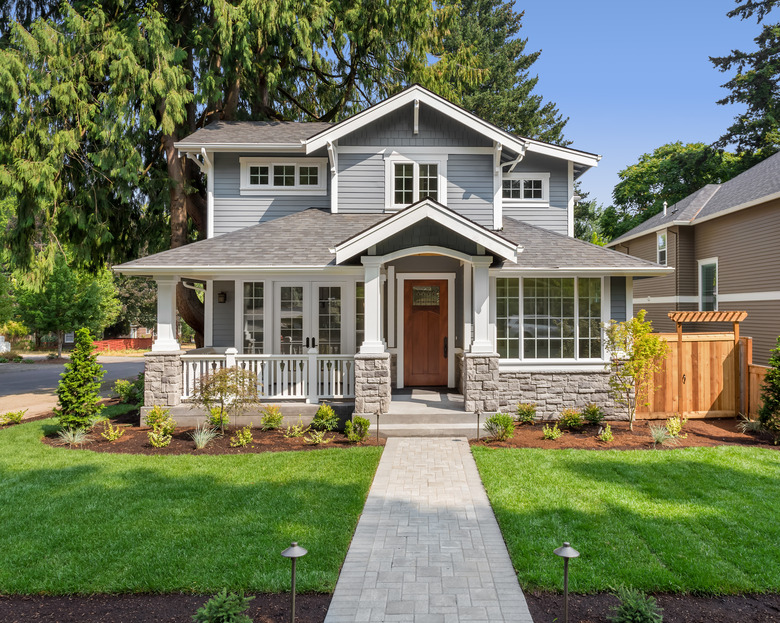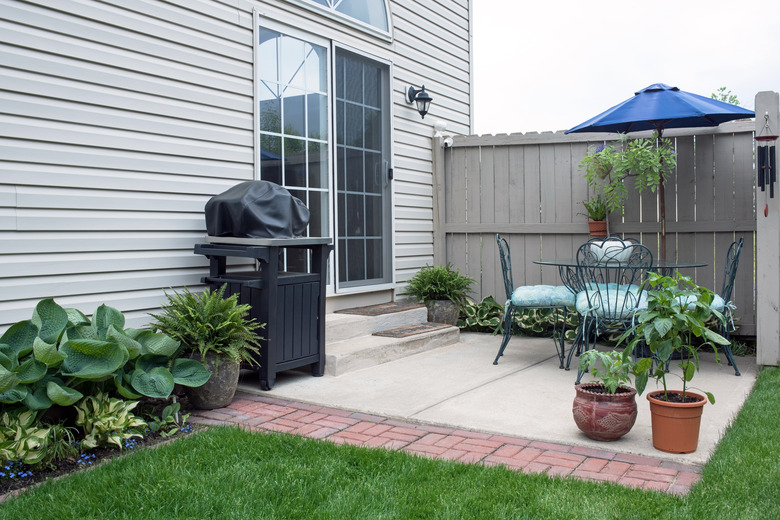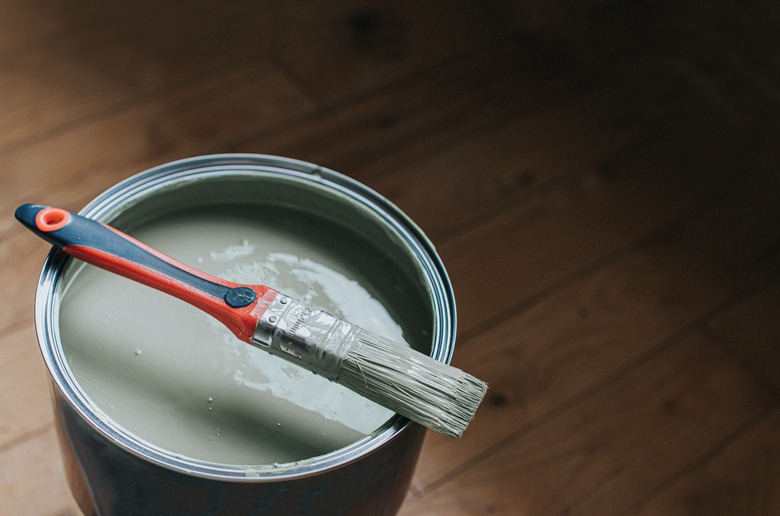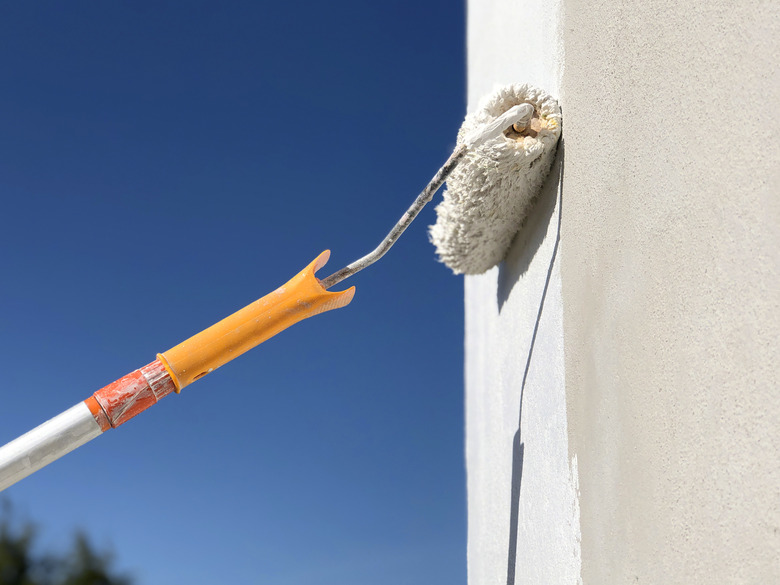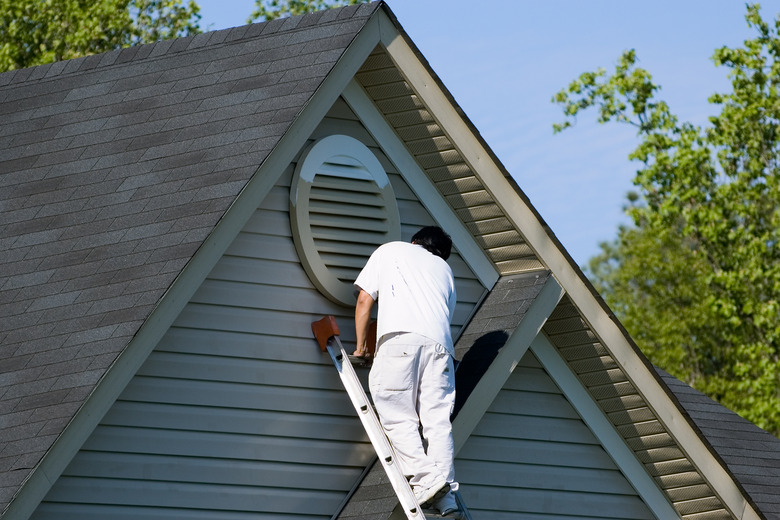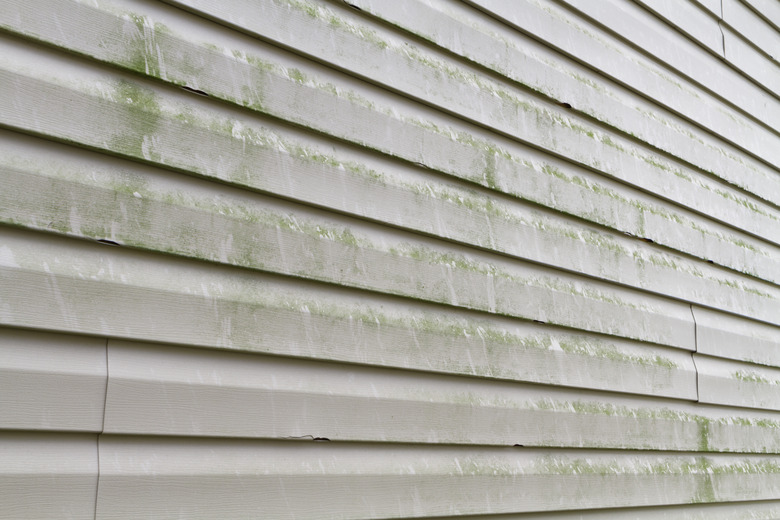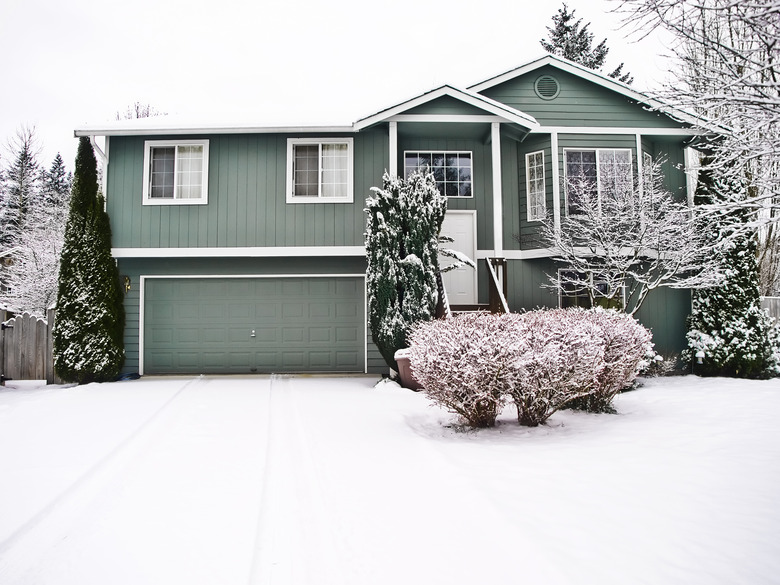How Often Should You Paint Your House?
We may receive a commission on purchases made from links.
There are a lot of factors that go into how long an exterior paint job will last, some of which you can control, like how well you maintain the exterior of your home, and others you cannot control, such as the weather. While professional painters will typically tell you that an exterior paint job can last anywhere from five to 10 years, the reality is that your home's siding, the quality of your paint, and additional factors can ultimately mean that new paint could last only three years or all the way up to 12 years. In some extreme circumstances, a home with wood siding right next to the beach could require a new paint job every year, whereas high-quality paint on aluminum siding surrounded by trees in the middle of Arizona could last up to 20 years.
So, what factors affect how often you should paint your house? Here's what to know.
1. The Siding Material
1. The Siding Material
Perhaps no factor plays a bigger role in the longevity of a paint job than the home's siding material. Generally speaking, wood siding needs to be painted the most frequently since the paint starts to deteriorate as the wood ages, resulting in fading and cracking. Ultimately, paint on wood siding typically has a life span of between three and seven years.
Stucco tends to be more stable and naturally holds paint longer, which is why the paint can last as long as 10 years, with a typical range of anywhere from five to 12 years depending on other factors. Interestingly, whereas other materials typically start blistering or chipping when they need to be repainted, paint on stucco starts to become chalky. The first time this happens, the chalky powder can be power-washed off the home, giving the exterior of your home about one year before it starts to get chalky again, but you can only postpone painting for so long before it is constantly chalky. Of course, regardless of your siding material, fading is a good indication that you need to repaint before your home begins to lose some of its curb appeal.
When it comes to other materials, professional painters tend to disagree on how long they last, most likely due to the impact that weather conditions and other factors have on the paint. Some say brick holds paint poorly, while others say painted brick can go even longer than stucco without a paint job. That's why estimates for the longevity of exterior house painting on brick range all the way from three years to 20 years. Similarly, paint jobs on vinyl and aluminum siding typically last between five and 10 years, but some homeowners in arid climates may see their paint last as long as 20 years. Fiber cement siding can last seven to 15 years without needing new paint.
2. The Type of Paint
2. The Type of Paint
What kind of paint you choose will play a big role in how long it lasts. Obviously, you only want to use exterior paint made for the specific siding material you'll be painting, but the type, quality, and paint color all affect its life span as well.
In general, acrylic paints last the longest and can provide good coverage for somewhere between five and 10 years. Acrylic is a great option for most homes since it is less likely to blister, is more resistant to mildew than other formulations, and doesn't harden over time.
Basic water-based and oil-based paints have a slightly shorter life span than acrylic, usually lasting up to seven years. That being said, oil-based paints may perform better in high-moisture areas with frequent rain, high humidity, and harsh winter storms since oil repels water and resists wear better than acrylic paint. It is worth keeping in mind that oil-based paints are banned in some areas due to the high amount of volatile organic compounds they off-gas.
The color you choose can also impact the longevity of your paint job, as fading is much more noticeable and happens much more quickly in dark colors. To put things in perspective, a dark color on the sunny side of your house could need to be repainted in as little as three to five years, whereas a light color in the same location could last for five to seven years before you need a fresh coat of paint. Dark colors may be an attractive and trendy way to make your home stand out, but these shades are often best reserved for interior painting projects that won't suffer so much from sun exposure.
3. The Previous Paint Job
3. The Previous Paint Job
It may be surprising, but the quality of the previous paint job (all the way down to the original coat) could impact the longevity of your new paint. That's because if a previous coat was either applied on a wet or dirty surface, wasn't allowed to cure properly, or was a poor-quality paint, it could fail to adhere properly. If you do not fully remove this compromised layer of paint entirely, it could leave your new paint job bubbling, cracking, and peeling prematurely, dramatically shortening the life span of your new paint job.
4. The Application Method
4. The Application Method
As part of the prep work prior to applying a new coat of paint, you should always power wash or scrape off the old paint to remove any peeling or loose paint to improve adhesion. If any of the layers seem to be delaminating, you may need to sand the surface to remove it entirely.
Fill in any cracks and gaps around the exterior of your walls with paintable caulk to prevent moisture from entering your home and then apply a good primer prior to improve adhesion, even if your paint has primer in it already. Allow coats to dry fully before applying a second coat, which will help keep the paint vibrant and improve its overall longevity. Avoid painting if there is any chance of rain before the paint has fully cured (or become fully hardened), as even a few drops of moisture on uncured paint can negatively impact its longevity.
5. Proper Maintenance
5. Proper Maintenance
There are some things you can do to help keep your paint job in good condition for as long as possible. Regularly inspect your home for signs of dampness, mold, rot, chalkiness, and insect or rodent infestation. Regular inspections are particularly important if you have wood siding or you live in a particularly wet climate. If you notice any issues, address them as soon as possible and repaint over the damaged areas quickly or your paint job could start to suffer as a result.
To help protect your paint and keep it looking fresh for as long as possible, pressure wash or otherwise clean the exterior of your home once a year so dirt, mildew, and moss don't start to break down the paint or make it look discolored. Make sure to get into more hidden areas, like overhangs, where dirt and mildew can build up out of sight.
6. Exposure to the Elements
6. Exposure to the Elements
Finally, weather plays a major role in how long your paint lasts. Moisture in the air (from wet weather, ocean mist, or high humidity) can dramatically reduce your paint's life span. In fact, a homeowner who lives near the sea can expect the paint to deteriorate as much as five times quicker than a homeowner who lives in a shady plot in an arid climate, though oil paint may not suffer in coastal conditions as much as acrylic paint.
In addition, damage from hail, violent winds, and extreme temperature fluctuations can all cause premature wear and tear on paint, including scratches, blistering, chipping, flaking, and fading. This is why areas with mild climates tend to have the longest-lasting paint jobs.
On the other hand, while arid conditions are generally less harsh on paint, direct sun can also pose a problem, causing premature cracking and fading. In fact, many homeowners find the sunny side of their home will need to be repainted far sooner than the shaded side, particularly if they choose a dark shade of paint.
